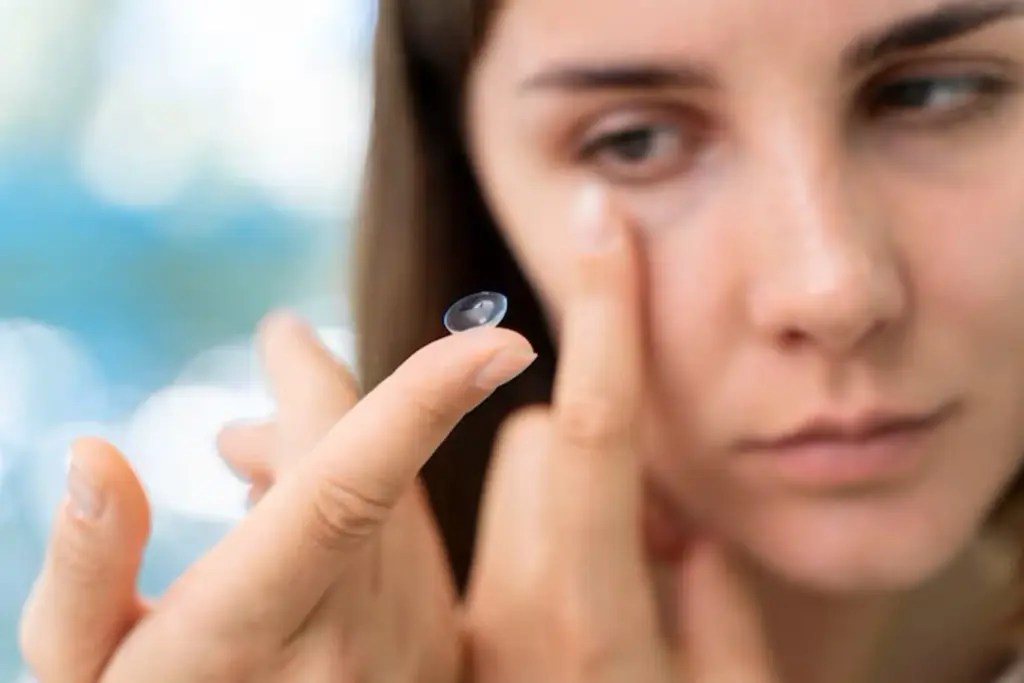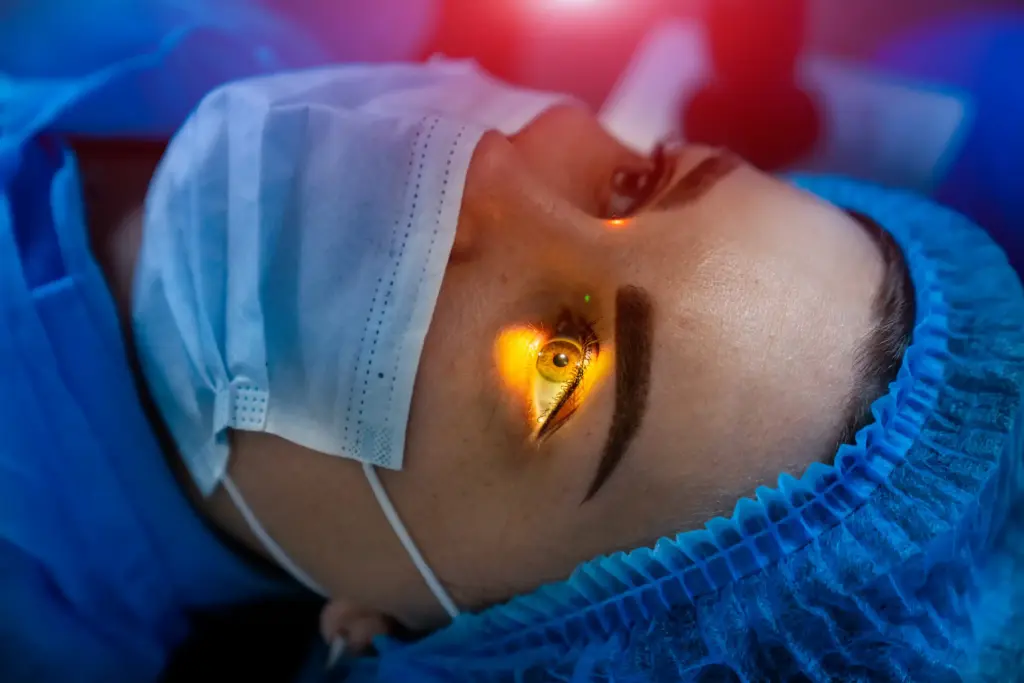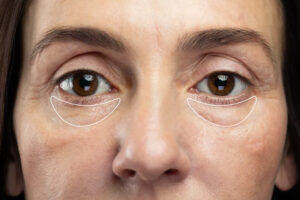
LASIK vs. SMILE vs. lenses: Tired of fumbling for glasses or dealing with daily contact lens routines? You’re not alone. Millions seek freedom from visual aids each year, but face a critical decision: which vision correction procedure fits their unique needs? Let’s explore the three leading options, LASIK, SMILE, and implantable lenses, to help you make an informed choice.
Is LASIK safe?
LASIK remains the most widely performed vision correction procedure worldwide for good reason. Surgeons create a thin flap in your cornea, reshape the underlying tissue with a laser, then reposition the flap, all in about 15 minutes per eye. LASIK delivers immediate results. Most patients see clearly within 24 hours and achieve optimal vision within a week. The procedure corrects nearsightedness, farsightedness, and astigmatism with high success rates and minimal discomfort.
Also Read | 7 everyday habits that are secretly damaging your eyes
However, LASIK isn’t for everyone. The corneal flap creates a permanent structural change, making it unsuitable for people with thin corneas or those in contact sports with high impact risks. Dry eye symptoms affect about 20% of patients temporarily, though these typically resolve within months.
What is the SMILE procedure?
Small Incision Lenticular Extraction (SMILE) represents the next generation of laser vision correction. Instead of creating a flap, surgeons make a tiny incision to remove a small piece of corneal tissue, gently reshaping the eye.
SMILE offers significant advantages for active individuals. The smaller incision preserves more corneal nerves, reducing dry eye symptoms compared to LASIK. Athletes particularly benefit from the biomechanically stronger cornea without a flap that could potentially dislodge during impact.
The procedure effectively treats nearsightedness and mild astigmatism, but currently doesn’t address farsightedness. Visual recovery takes slightly longer than LASIK, with optimal results appearing within one to two weeks.
Implantable Lenses: Reshaping the cornea and more
For those with severe refractive errors or thin corneas that preclude laser procedures, implantable collamer lenses (ICLs) offer an excellent alternative. These specialised contact lenses are surgically placed inside the eye, working with your natural lens to correct vision.
ICLs handle a wider range of corrections than laser procedures, including extreme nearsightedness. The procedure preserves the cornea’s natural shape and remains reversible—the lens can be removed or replaced if your prescription changes significantly.
The more invasive nature of ICL surgery carries slightly higher risks of complications like cataracts or increased eye pressure. Recovery takes longer, with final results appearing within one to four weeks. However, patients report exceptional vision quality, particularly in low-light conditions.

LASIK vs. SMILE vs. Lenses: Which procedure should you choose
Several factors should guide your choice:
- Your prescription: Severe refractive errors might exclude you from LASIK or SMILE, making ICLs your best option.
- Corneal thickness: Thin corneas may rule out laser procedures entirely.
- Lifestyle requirements: Athletes and active professionals might prefer SMILE’s flapless approach or ICLs.
- Age considerations: Younger patients benefit from ICLs’ adjustability as prescriptions naturally change over decades.
- Budget constraints: LASIK typically costs less than newer technologies like SMILE or ICLs.
Modern diagnostic technology analyses dozens of eye parameters to recommend your ideal procedure. Many clinics now offer multiple correction options under one roof, providing unbiased recommendations rather than pushing the single procedure they perform.
Also Read | Red, watery eyes? Here’s how to tell if it’s an allergy or infection
Freedom from glasses and contacts transforms daily life in countless ways. Take the first step by scheduling consultations with experienced surgeons who offer all three procedures; your clearer vision awaits.








